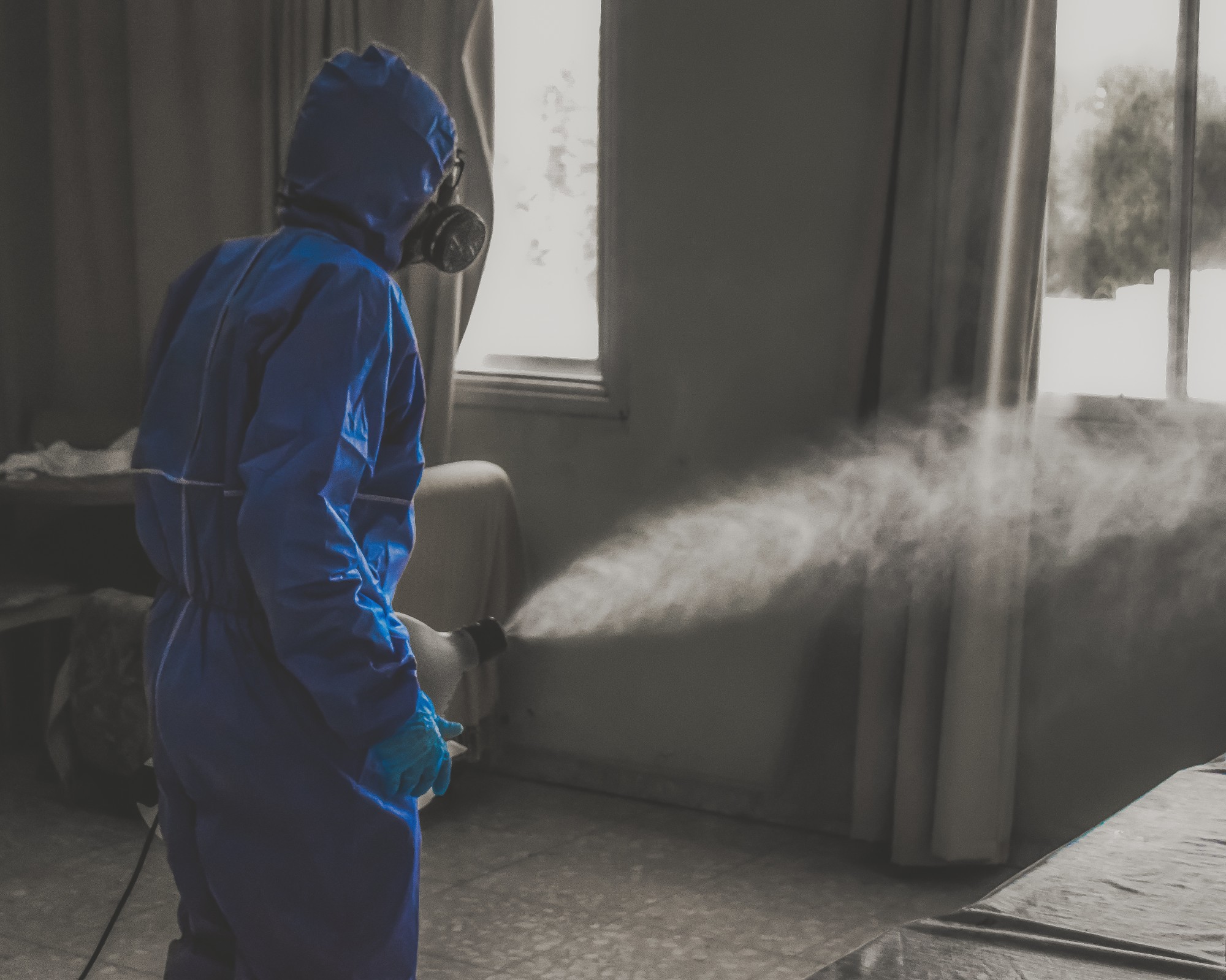Sanitation and Disinfection: Different Levels of Cleanliness

Did you know there are over 48 million cases of foodborne illness each year?
Many people don’t exercise proper cleaning habits. They assume using products such as disinfectants or sanitation chemicals makes the job easier. Unfortunately, this isn’t the case.
Wondering if you have proper cleaning habits? Keep reading to learn about the different levels of cleanliness.
Routine Cleansing
It involves regular cleaning and removing dirt, dust, and hazardous materials from surfaces. It is to reduce the risk of transmitting illnesses. It also helps to prevent infection.
Non-porous surfaces must be accurately wiped down. Toilets and sinks are then washed often. It maintains good hygiene levels of cleanliness and sanitation.
All surfaces that come into touch with food must be properly and well cleaned. Rags and mops must be additionally sanitized. It is to reach higher standards of cleanliness.
Moreover, frequent handwashing must be perfectly practiced. It is to lower the possibility of microorganisms that cause sickness spreading.
Interim Cleansing
This system follows a high-touch and high-traffic approach. It reduces the workload of the sanitation and disinfection team. It is by focusing on the areas most used by visitors and employees. Interim cleaning keeps areas and items cleaner for longer. It’s done by removing dirt, grease, grime, and bacteria, without a thorough deep cleanse.
The three levels of interim cleansing are light, moderate, and thorough. Light cleansing involves a light spray of disinfectant. Quick cleaning of the high-traffic obstacles.
Moderate levels are when more detailed cleanse and thorough wipe-down of objects are. High-traffic areas with an anti-bacterial wipe done. Thorough cleansing requires an antibacterial cleaner. A full wipe down and scrub of the entire area or item getting cleaned.
Terminal Cleansing
It’s a way of preventing or reducing the spread or transmission of infections or diseases. The level of sanitation and disinfection varies. It depends on the type of facility and the level of risk present.
Usually, it’s measured according to the recommendation of the Centers for Disease Control and Prevention and other health organizations. It is to ensure the best practice of infection control. It’s required in hospitals the highest level of sanitation and disinfection.
Less intensive strategies are applied in other facilities such as schools, gyms, and office buildings. Additionally, the different rooms in a facility may demand different levels of cleansing. Administrative offices have low-risk and operating rooms have high risk. Terminal cleansing is an important part of a comprehensive infection control program and needs to take very seriously.
There are many activities and surprises in life. Your rugs could be in need of cleaning as a result. View this website right away to ensure you are receiving the necessary care.
Deep Cleansing
Sanitation removes dirt, dust, and food residue and destroys bacteria using detergents, whereas disinfection eliminates all bacteria, viruses, and fungi, and other micro-organisms. By performing both activities, a higher level of cleanliness can be achieved.
When deep cleansing, an effective way is by steaming since it can reach into crevices and removes dirt and bacteria that mop cleaning can miss. You can do it by fogging, misting, or surface cleaning with approved cleaners.
Implement High Sanitation and Disinfection Protocols
Sanitation and disinfection are essential to maintaining cleanliness. Cleanliness is being obtained and maintained at all levels. It’s done from the home to the operating room. It is by following correct sanitation and disinfection procedures.
Start making a habit of cleaning and disinfecting surfaces today. It’s for a healthier and better tomorrow.
Keep coming back for more articles that give you a guide to having the best and healthy lifestyle.




























